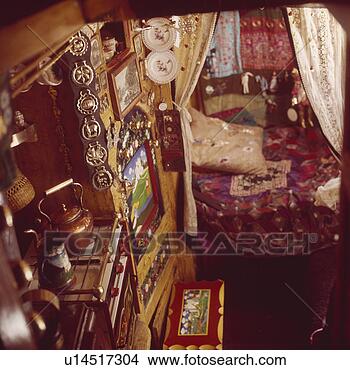Tuesday, June 28, 2011
make your own solid shampoo..
| Ingredients: (Follow the instructions for basic cold process soap)Weigh all ingredients. Makes approximately 2 lbs. 16 oz Coconut 76 Oil 16 oz Olive Oil 4 oz Wheat Germ Oil 4 oz Castor Oil 5.9 oz Lye (Sodium Hydroxide) 15 oz Distilled Water 2 oz Any Fragrance or Essential Oil (we used Peppermint Essential Oil)Mona says "It makes fab lather!" Allow this soap to cure 4-5 weeks, but can be used after 3 weeks. Equipment Needed: Scale that weighs in pounds and ounces Large one-gal. stainless steel or enamel pot (use this exclusively for soap-making) Two plastic pitchers, 2-3 qt. size Hand stick blender (optional, but makes tracing much easier) Plastic measuring cup 2-3 cup size Two wooden or plastic spoons (one for the lye and one for the oils. Use these exclusively for soap-making) Two kitchen thermometers (one for the lye and one for the oils - must read to over 100 degrees) Rubber gloves Safety goggles Clear plastic container with snap-on lid 8" x 11" x 3" deep, or wooden soap mold lined with freezer paper Large piece of cardboard the size of the wooden mold - used as a lid Old blanket Freezer paper or plastic garbage bags Remember: Be sure to allow for the weight of the containers. Lye (Sodium Hydroxide NaOH) All ingredients should be weighed. Begin by putting on your goggles and rubber gloves and weigh out 12 ozs. of lye into one of the plastic containers. Weigh out 32 oz of distilled water into the other container. Slowly and in a steady stream pour the lye into the water, stirring until dissolved. Do this in a well ventilated area and try not to splash. Let the lye/water mixture sit until the temperature reaches between 100-125 degrees (unless otherwise stated by the recipe you are using). This may take several hours, but if you're in a hurry you can place the container in a cold water bath to bring down the temperature quicker. In the meantime, get your oils ready by weighing out 24 oz. of coconut oil and 38 oz. of vegetable shortening and placing them into your pot. Heat them up just until they melt and then remove from heat and add the 24 ozs. of olive oil. Stir to incorporate and put one of the thermometers into the pot to check the temperature. The oils will also have to be between 100-125 degrees (unless otherwise stated by the recipe you are using). Both the lye/water mixture and the oils will have to be at the same temperature before incorporating them. Prepare your additives. Start with just 3-4 ozs. of essential oil or a combination of essential oils (blend). *Note- (some essential oil scents are stronger, so use less, some are lighter and you may add more depending on your preference). Also, measure 1/4 cup of any dried herbs or flowers (optional). Its best to start simple for your first batch. You can also add 1-3 tablespoons of pigment (optional) for coloring, pre-disperse in a little liquid glycerin. Line the mold container that you're using with a piece of freezer paper for easy release. If you are using our wooden soap mold, line it with freezer paper. How to line a soap mold. Check the temperature of the lye and oils. When they reach between 100-125°, its time to "make soap." Slowly pour the lye/water mixture into the oils, stirring continuously. You may continue to stir using a spoon or switch to the stick blender. Stir or blend in all the lye and you will begin to see the mixture thicken. Just as the mixture thickens to the point where you see tracks or "trace" in the soap, add essential oils and any dried ingredients or colorants. (For swirling color, remove about 2 cups of the mixture and add the colorant to the 2 cups. Then add that back into the mold and swirl). Continue to stir or blend until you see designs on the top of the soap (this is known as tracing and can happen in 10-20 minutes depending on the temperature of your mixture). Quickly add the mixture to the mold. Cover with the lid. *Note* if the soap mixture does not fill the mold to the top, place a piece of freezer paper on top of the soap and then put the lid or a piece of cardboard on the container. This will prevent soda ash. Wrap in blankets and place in an undisturbed area for 18 hrs. Remove the blankets and lid and leave the soap air in the mold for another few hrs. You should have a nice hard block of fresh soap which you can now remove from the mold. Let the block of soap sit for a day to firm up or slice into bars or chunks immediately. Then place bars in an open box or drying rack for 2 weeks or longer. Don't allow the bars to touch one another. The soap should be cured completely after 2 weeks, but the longer it cures, the milder and harder it will be. Tip: We offer many helpful books on the subject of cold-process soap-making. Good instruction and preparation is the key to being successful with your first batch. Good Luck, and happy soaping! |
Subscribe to:
Comments (Atom)











